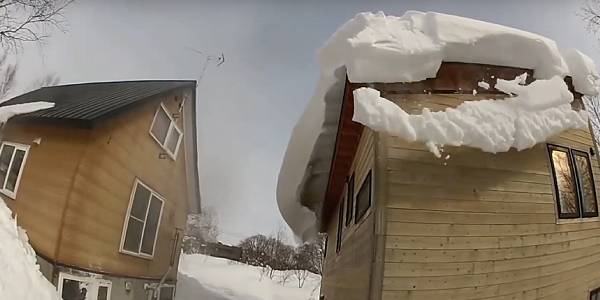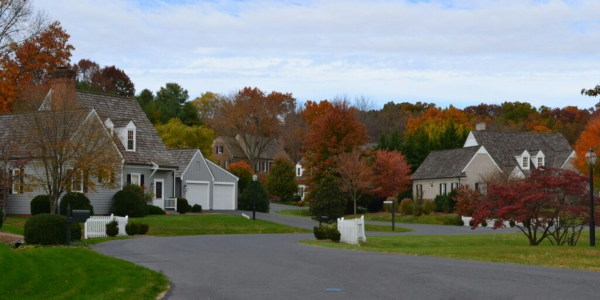How to Prepare Your Customers for Disaster

By MARCO.
Let your homeowners know that metal is a roofing material durable enough to handle hurricanes, earthquakes and fire.
As hurricane season rounds the corner and the weather continues to get crazier, now is as good a time as ever to remind your customers about the resilience of metal roofs. MARCO knows that you care about ensuring your customers stay safe no matter what Mother Nature throws their way, that is why it is so important to educate them on the benefits of metal when it comes to natural disasters.
Traditional asphalt shingles are prone to blow-offs, but metal roofs are a wise investment for those concerned about high winds. With an asphalt roof, each shingle that comes loose weakens the roofing system as a whole. This leaves the home susceptible to wind and water damage. Metal roofs, however, stay in one piece offering more protection, especially from wind-driven rain.
In fact, the Metal Roofing Alliance reports that in wind uplift tests, metal roofs earn a 140-mph wind rating. Some can even withstand gusts up to 180 mph. These tests were conducted in a laboratory to simulate the effects of high-speed winds by subjecting a mock-up of a roof to increasing air pressure from underneath.
Back in 2008, after Hurricane Ike struck, FEMA issued the Hurricane Ike Recovery Advisory. This document, available at no charge here, recommends practices for designing and installing metal roof systems that will enhance wind resistance in high-wind regions (i.e., greater than 90-miles per hour [mph] gust design wind speed). Applicable to residential and commercial/industrial buildings and critical facilities, it’s still timely information, especially in the aftermath of this year’s hurricane season.
Of course, the Gulf Coast isn’t the only area experiencing Mother Nature’s wrath. Elsewhere, earthquakes are striking and fires are raging out of control. While a metal roof can’t protect an entire home in these disasters, they do fare better than traditional roofs.
In a wildfire, flaming branches, leaves and other debris are carried by the wind and often land on the roofs of homes igniting the structure. Metal, however, is fire resistant. As a result, a metal roof provides more effective protection.
During earthquake events, metal’s light weight is an advantage. The lower mass of a lightweight metal roof generates smaller inertial forces when the structure is exposed to seismic activity laterally. In addition, less roof bracing is required to help metal roofs resist both gravity and seismic loads.
It’s been a crazy year all around, and the weather has been no exception. So, while these disasters are top-of-mind with the public, now’s the time to promote the durability of a metal roof to prospective customers. And while you’re at it, you can also let them know you use only the best, most durable and reliable roofing ventilation and accessories for metal roofs — Marco!
Learn more about MARCO Industries in their RoofersCoffeeShop® Directory or visit www.MarcoIndustries.com.
Original article source: MARCO Industries






















Comments
Leave a Reply
Have an account? Login to leave a comment!
Sign In